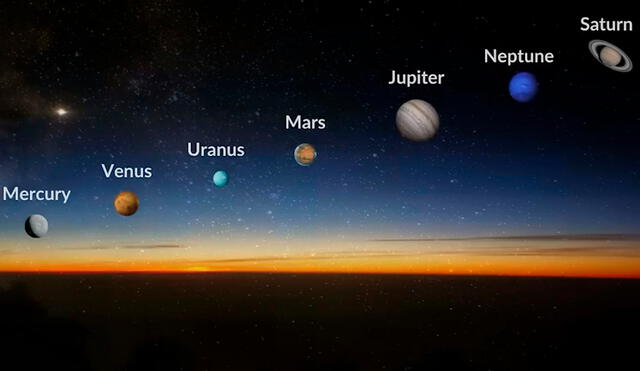Rare 7-planet alignment occurs this week – Here’s when to see it
This rare astronomical event, where 7 planets align, will be visible in the early night sky between Feb 22-28.

This Friday 28th, the skies will offer a spectacle, as seven planets are expected to align in the skies. Mercury will become the seventh planet to line up in a current “planetary parade”, joining Venus, Mars, Jupiter, Saturn, Uranus and Neptune, all of which have adorned the night sky in their alignment since late January.
Even if planets are always on the same ecliptic (the line where they all orbit the Sun), they do not go on the same speed. That is what makes this celestial event so special. Experts advise those interested in seeing the alignment to wait until the evening to fully catch this amazing view. Nonetheless, times and dates will vary by location.
How rare is this celestial event?
Despite how magnificent they look, these multi-planet views aren't "super rare," but they don't happen every year and are worth observing, according to NASA. Contrary to popular belief, the planets don’t need to make a straight line in order for the event to be considered an “alignment.” In this opportunity, the planets will follow the ecliptic, enhancing the beauty in their formations.
NASA scientists also explain that planets can often align if their speeds make them coincide. Sometimes, planets are on the same side of the Sun as they move along their orbits, which explains how we can see them in the sky at the same time. This is what will happen on the evening of February 28.
When to see the 7-planet alignment?
instagram prueba
To catch a glimpse of this wonder, you will have to face south in the early evening hours. The planets will be there, forming a stunning arc stretching from the west-southwest to the southeast.
Although five planets (Mars, Mercury, Jupiter, Saturn and Venus) will be visible with the naked eye, the other two planets (Uranus and Neptune) will require a telescope or high-powered binoculars.












